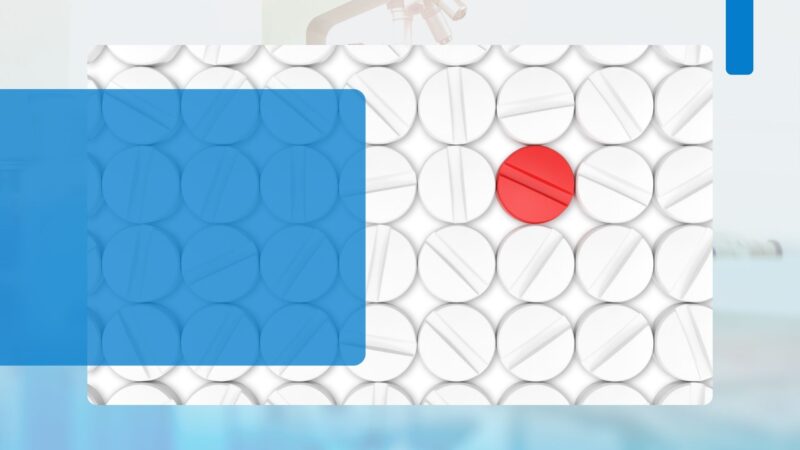Bolus tableting machines play a crucial role in the pharmaceutical industry by transforming powdered or granulated materials into solid tablets. These tablets are commonly used for drug delivery, where precise dosing and tablet integrity are essential. To ensure the quality and efficiency of tablet production, die design and maintenance are critical aspects of the process. In this article, we will explore the importance of die design and maintenance for bolus tableting machines.
Die Design for Bolus Tableting Machines
Die design is a fundamental aspect of bolus tableting machine operation. The die, also known as the tablet press tooling, is responsible for shaping and compressing the pharmaceutical powder or granules into tablets. Proper die design influences tablet quality, uniformity, and production efficiency. Here are some key considerations for die design:
1. Material Selection:
- The die material should be chosen for its durability and resistance to wear and corrosion. Common materials include tool steel and carbide.
- The material must also be compatible with the pharmaceutical products to prevent contamination or chemical reactions.
2. Die Profile:
- The die cavity’s shape and dimensions are crucial for tablet size and thickness control.
- Consistent die profiles are necessary to ensure uniform tablet weight and hardness.
3. Taper:
- Die taper is essential to facilitate tablet ejection from the die cavity. A proper taper angle reduces the risk of sticking or capping (tablets breaking during ejection).
4. Punch and Die Alignment:
- Precise alignment of punches and dies is vital to maintaining tablet uniformity and preventing damage to the tooling.
- Misalignment can result in tablet defects and tool wear.
5. Surface Finish:
- The die cavity’s surface finish should be smooth to minimize tablet sticking and optimize tablet release from the die.
- Polishing and coating techniques can enhance the surface finish.
Maintenance Practices for Bolus Tableting Machines
Regular maintenance is necessary to keep bolus tableting machines operating at peak performance and to extend the life of the tooling. Proper maintenance practices ensure consistent tablet quality and prevent costly downtime. Here are some maintenance practices specific to die maintenance:
1. Inspection:
- Regularly inspect the dies for signs of wear, damage, or corrosion.
- Use inspection tools such as micrometers and magnifiers to detect any abnormalities.
2. Cleaning:
- Remove any residual material from the die cavities after each production run.
- Ensure thorough cleaning to prevent contamination and damage to subsequent batches.
3. Lubrication:
- Proper lubrication of the die can reduce friction and wear.
- Use food-grade or pharmaceutical-grade lubricants to prevent product contamination.
4. Die Polishing:
- Periodically polish the die cavities to maintain a smooth surface finish.
- Polishing helps prevent tablet sticking and ensures consistent tablet release.
5. Replacement:
- Dies have a finite lifespan, and they should be replaced when they show significant wear or damage.
- Keep spare dies on hand to minimize downtime during replacements.
6. Record Keeping:
- Maintain detailed records of die usage, maintenance activities, and replacements.
- Tracking this information helps predict when replacements will be needed and ensures traceability for quality control.
Die design and maintenance are critical aspects of bolus tableting machine operation. Well-designed dies result in high-quality tablets, while proper maintenance practices ensure consistent production and extend die lifespan. Pharmaceutical manufacturers must prioritize these aspects to meet regulatory requirements and maintain product quality in the pharmaceutical industry. Investing in quality dies and implementing a robust maintenance program can lead to improved efficiency, reduced costs, and increased customer confidence in the final product.







